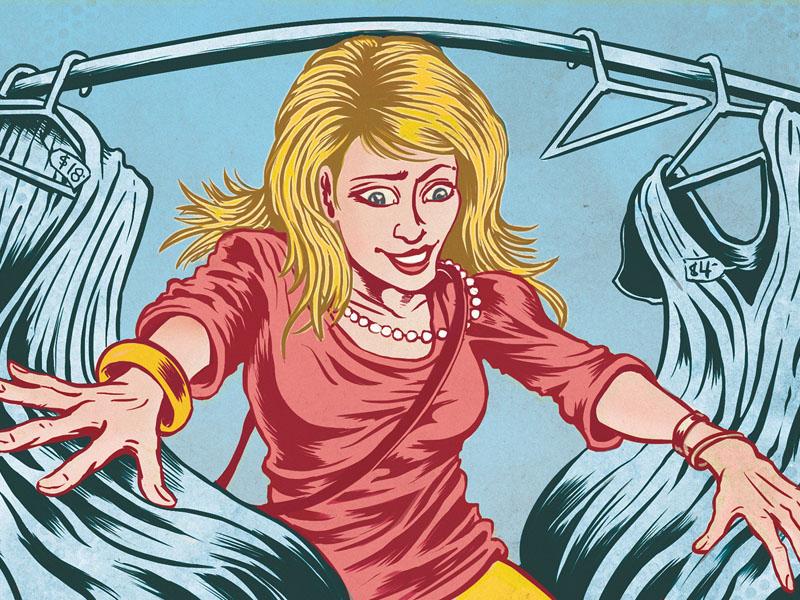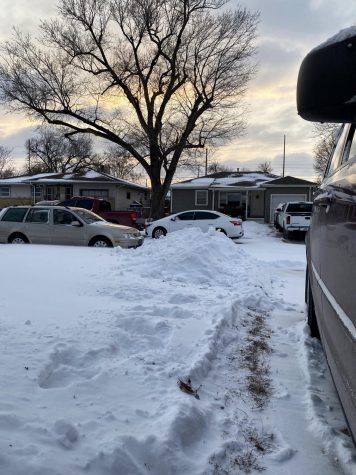Are you a shopaholic?
The feeling of buying something new can turn a person’s day around. After relying on this feeling for so long it can become an expensive habit. The world of a shopaholic can be a slippery slope into a ditch of denial and overspending that is hard to get out of.
Some Northwest students can relate to the overwhelming feeling of accomplishment when walking out of a store with more than one bag. Senior Riona Freeman knows that feeling well and now has trouble saving her money. “When I worked at a pizza place I saved a thousand dollars for a trip and now that I work in retail, I’m broke.”
Buying things for yourself is okay even if the total starts to add up, but spending that much every week or so may not be a good financial decision. “I like to shop at places like Forever 21 and Target,” said Sophomore Morgan Taylor, “I like to buy clothes, shoes and food.”
Denial is one of the many steps to recovery.
“I usually get a $200 paycheck and then I spend it in like three days,” said Freeman. “I don’t really have any paychecks because I am a shopaholic, but I look good.”
Acceptance is key; once realizing the initial problem of being a shopaholic, a person can move on to the next step of spending less.
Setting a budget is a good start to spending less and can be helpful tool in the future. There are two main tips to saving money that can be learned by taking a financial literacy class with Chris Lambert or Robin Bowman.
“We recommend that ten percent of each paycheck should go into savings,” Lambert said “and spend more money on your needs than your wants.”
Another solution can be to set aside a certain amount of money before going shopping and only take that amount; then there’s no chance of overspending. If all else fails, you can contact Terrence Shulman, the founder of ShopaholicsAnonymous.org.





